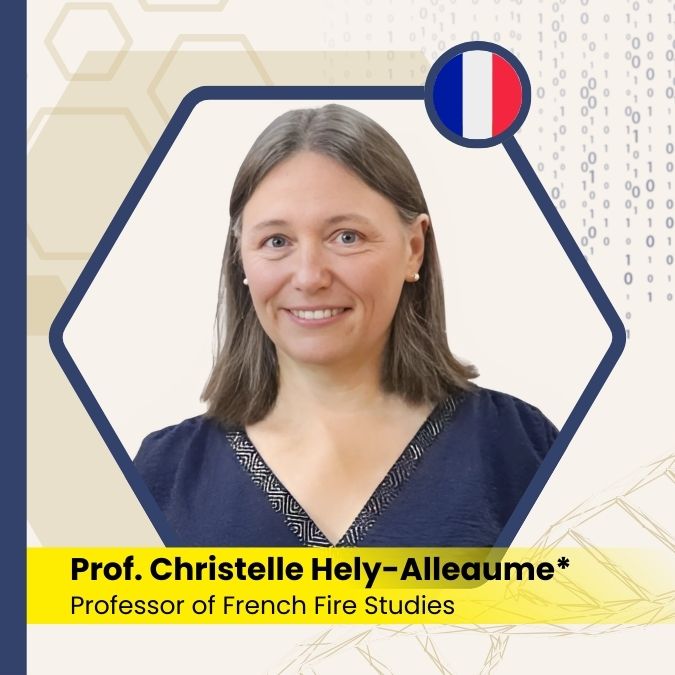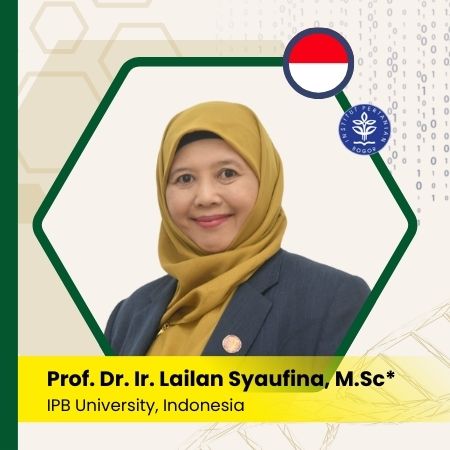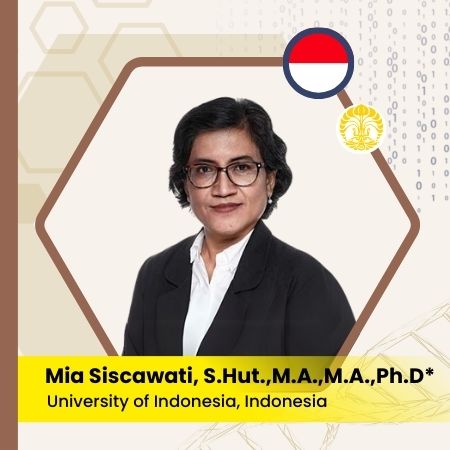Permeate Concentration Modeling of Recirculating Aquaculture System Based on Variations in Pre-Treatment Configurations of Nanofiltration Membrane Technology
Keywords:
modeling, NF membrane, pre-treatment configuration, RASAbstract
The nanofiltration (NF) membrane technology implemented in the recirculating aquaculture system (RAS) suffers from fouling issues. Fouling can be reduction by incorporating pre-treatment units such as the multimedia filter unit (FMM) and activated carbon filter (FK). Therefore, this research aims to investigate the configuration optimization of the RAS using FMM, FK, and NF90-4040 membrane to determine the most effective treatment system for reducing contaminants in aquaculture wastewater, compare permeate concentration estimations using permeate concentration model, and predict the filtration process parameters using NF membranes. Configuration V1 (FMM-FK-NF) demonstrated the highest overall efficiency in reducing ammonia concentration by 97.5% and nitrite by 100%. The FMM unit in V1 reduced ammonia and nitrite levels by 36.25% and 35.48% respectively, while the FK unit reduced ammonia and nitrite levels by 86.27% and 10% respectively. Additionally, the NF unit reduced ammonia by 71.43% and nitrite by 100%. The optimized RAS reactor achieved 100% reduction in nitrate and TSS in V1. Furthermore, V1 exhibited a smaller decline in flux value increase compared to V2 (FMM-NF) and V3 (FK-NF) conditions. The developed permeate concentration model showed excellent ability to describe and predict the filtration process using NF membranes with varying values of Aw, Bs, and X for each variation.





























